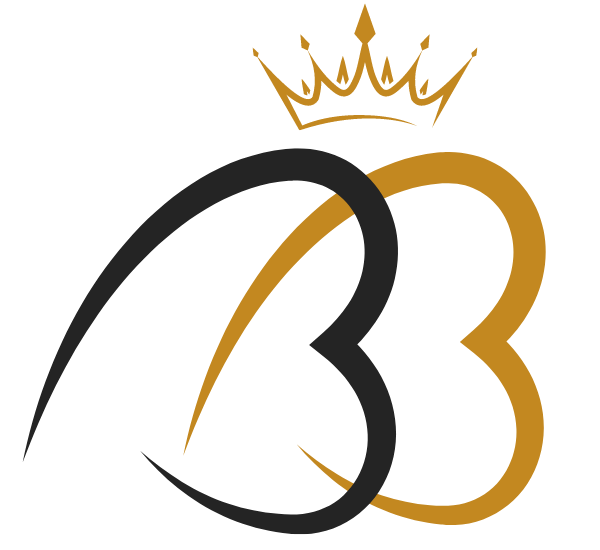Hair bleaching is a popular way to make your hair lighter, and it involves using chemicals like 40-volume bleach to change your hair color. But it's important not to leave the bleach on for too long.
Different types of hair, from dark to coarse textures, may need even less time under the bleach mixture to stay healthy and strong. It's essential to watch the clock carefully during bleaching so you don't go over the advised time limit.
Going past 45 minutes with such a strong product can lead to damaged strands you'll want to avoid.
Taking care of bleached hair doesn't stop when you rinse out the product; there are steps that follow so your new light locks stay in good shape. While some folks prefer DIY at home, others choose professional salons for their expertise—each has its pros and cons.
Remember: timing matters. Keep reading as we guide you through safely transforming your look with powerful 40-volume bleach.
- Leave 40-volume bleach in hair for around 20 minutes, but never more than 30 minutes to prevent serious damage such as breakage or scalp burns.
- Always use a timer while bleaching and conduct a strand test beforehand to determine the specific timing needed for your hair type and desired lightness.
- After bleaching, rinse thoroughly and follow with deep conditioning treatments to restore moisture and protect against further damage.
- Bleach dark or coarse hair for a shorter duration compared to lighter or finer textures to avoid over-processing.
- For safe bleaching practices, consider consulting with a professional stylist, especially if using potent 40-volume bleach.
How Does Hair Bleach Work?
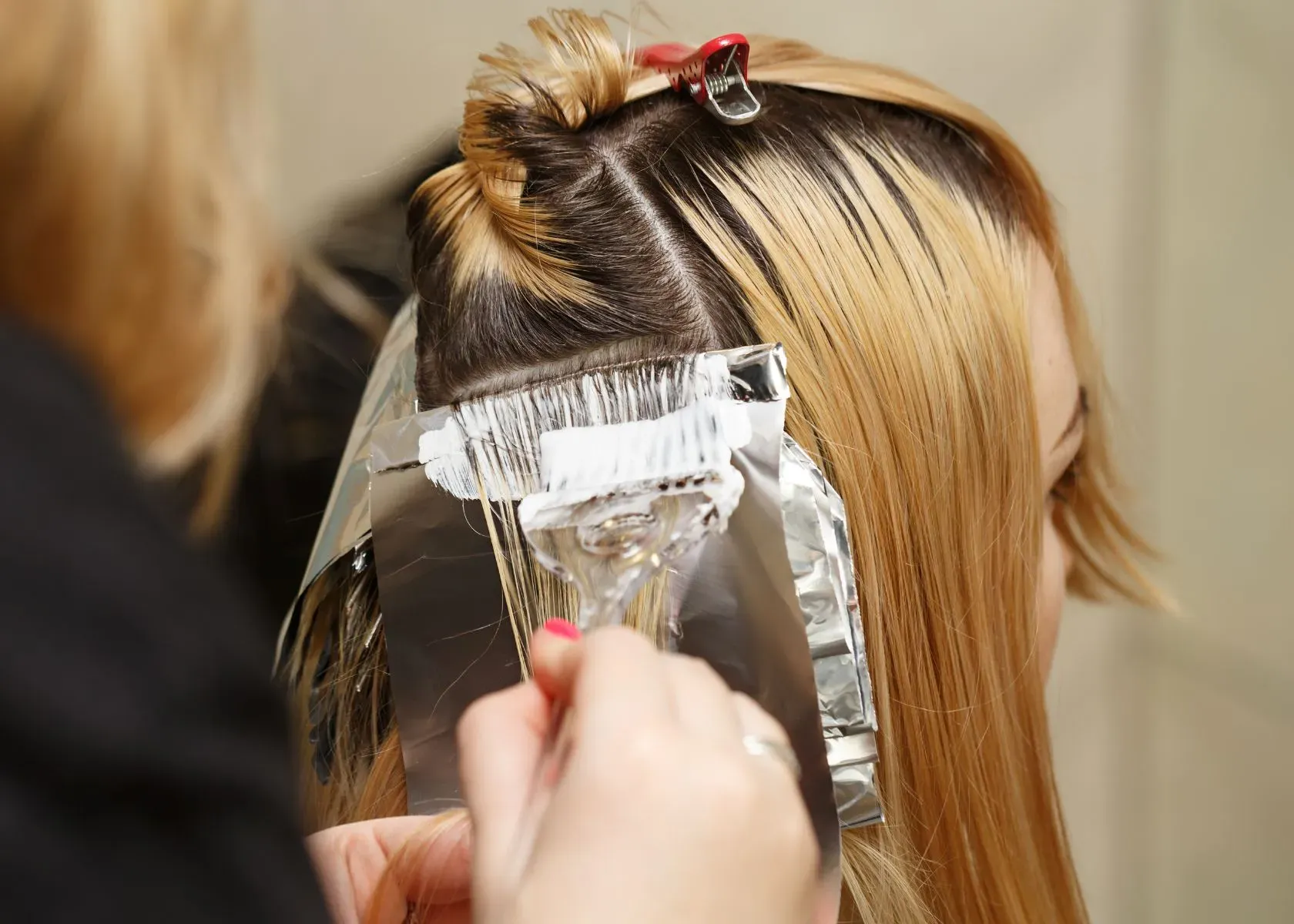
Hair bleach works by penetrating the hair shaft and breaking down the natural pigment in the hair. The active ingredients, such as hydrogen peroxide, in the bleach oxidize the melanin in the hair, causing it to lighten or change color.
As a result, lighter shades of hair cuticle are achieved by using bleach to lift and remove darker pigments from the strands.
During this process, the bleach opens up the cuticle layer of each hair strand, allowing it to access and alter its natural pigment. This can lead to damage if left on for too long or applied incorrectly.
It's essential to follow recommended timing guidelines and watch for signs of potential damage while bleaching your hair with 40-volume developers.
Ultimately, understanding how bleach interacts with your specific hair type is crucial for achieving optimal results without causing harm.
Will Bleach Damage My Hair?
After understanding how hair bleach works, the next important consideration is whether bleach will damage your hair. When using 40-volume bleach, it's crucial to be mindful of the duration it is left on the hair.
Leaving 40-volume bleach on for longer than recommended - no more than 20 minutes - can result in serious damage to the hair. It's essential to follow these guidelines and avoid exceeding the suggested time frame, as over-bleaching can lead to negative side effects.
To prevent harm from bleaching, it is advised that you adhere to the recommended duration and not exceed 30 minutes with 40-volume bleach. It's also worth noting that coarse or dark hair types may require a shorter processing time to achieve desired results without causing damage.
Risks of Over-bleaching
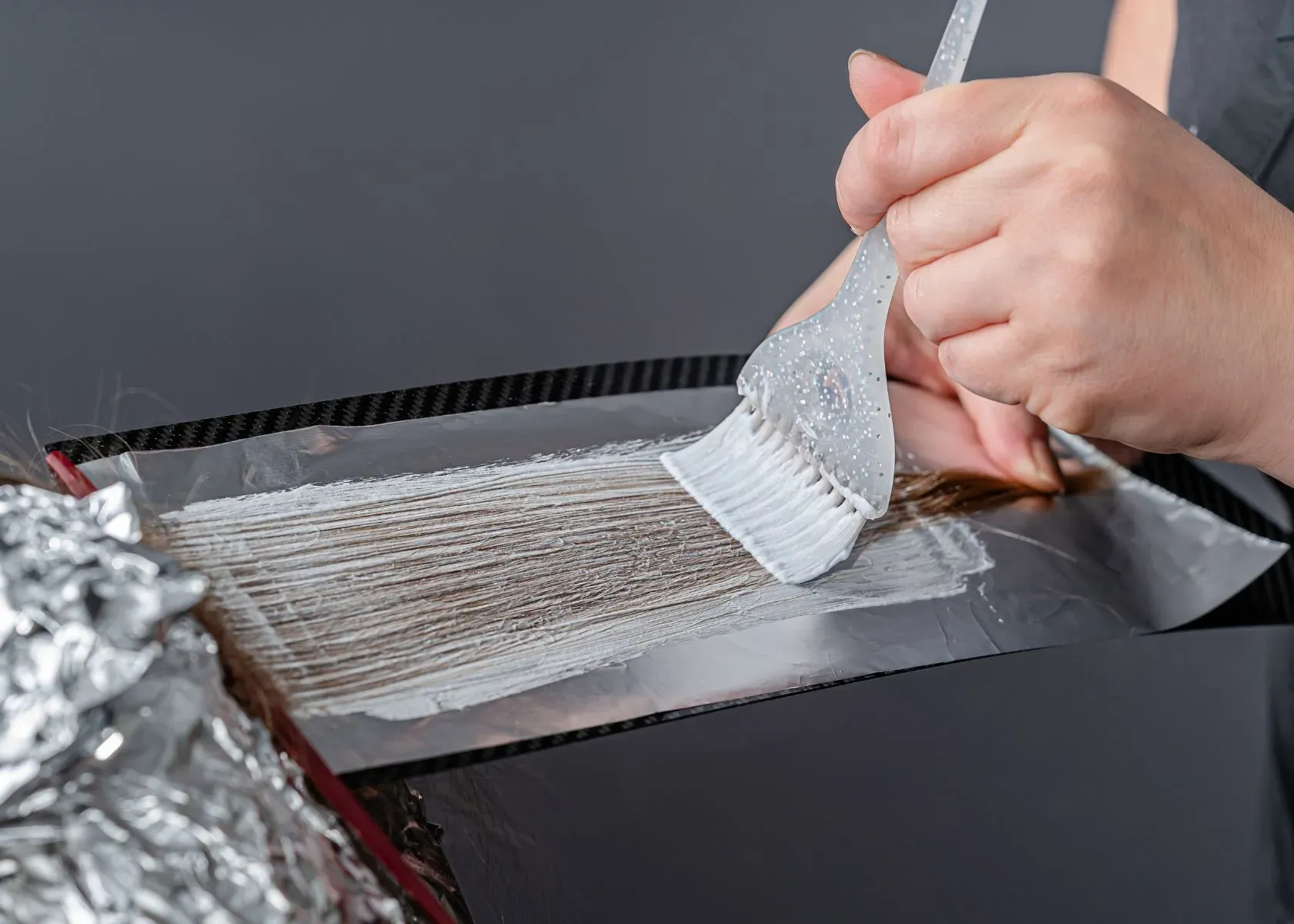
Leaving bleach on for too long can cause damage to the hair, including dryness, breakage, and potential chemical burns to the scalp. It's important to follow recommended bleaching times and take necessary precautions to prevent over-bleaching.
Dangers of leaving bleach on for too long
Leaving 40-volume bleach on the blonde hair for an extended duration can lead to severe damage, including breakage and dryness. The potent nature of 40-volume bleach makes it crucial to adhere to the recommended time frame of about 10-20 minutes to prevent harm.
Exceeding this timeframe significantly escalates the risk of chemical burns on the scalp and brittle, weakened strands.
It's vital to note that timing may vary based on individual hair types and colors. However, regardless of these variations, surpassing the recommended duration poses a real danger to your hair health.
Precautions to take
To avoid damaging your hair cuticles when using 40-volume bleach, it is important to take the following precautions:
- Use a timer to monitor the bleaching process carefully and ensure that the bleach is not left on for longer than the recommended time, which is typically around 10-20 minutes for 40-volume bleach.
- Conduct a strand test before applying the bleach to your entire head to assess how your hair will react and determine the optimal processing time for achieving the desired result without causing harm.
- Work in a well-ventilated area to minimize exposure to fumes, and wear gloves to protect your skin from potential irritation caused by the strong chemicals in the bleach.
- Keep an eye on your hair's condition during the bleaching process, and rinse out the bleach immediately if you notice any signs of excessive damage or discomfort.
- Follow up with a nourishing deep conditioning treatment after rinsing out the bleach to restore moisture and strengthen your hair, as bleaching can strip away natural oils and weaken the hair strands.
- If you have particularly sensitive or damaged hair, consider consulting with a professional stylist before using 40-volume bleach to ensure that it is suitable for your specific hair type and condition.
Recommended Bleaching Time
To avoid damaging your hair, the recommended bleaching time for 40-volume bleach is approximately 20 minutes. It's crucial not to exceed this timeframe to prevent serious harm to your hair.
Bleaching instructions may suggest leaving the bleach on for up to 30 minutes, but it's best to adhere to the shorter recommended time frame of about 20 minutes for safer and healthier results.
Applying bleach beyond this duration significantly increases the risk of damage, so sticking within the suggested time is essential.
So whether you have platinum blonde or pale yellow hair, just make sure to bleach your hair properly for a specific required time. Now, let's explore how different types of hair require varying bleaching methods and timelines.
Bleaching Different Hair Types
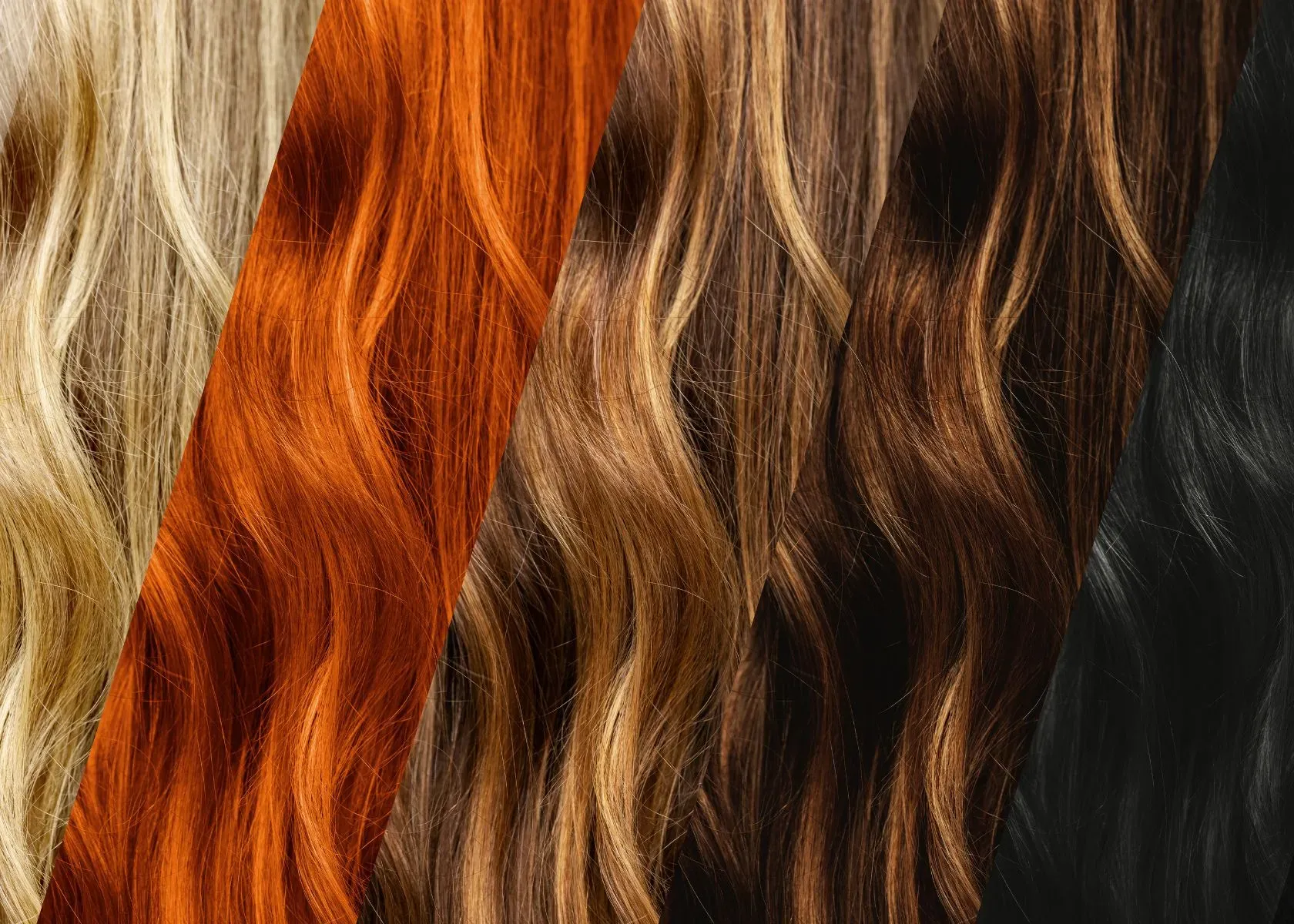
Considerations for different virgin hair colors and textures, using the right bleach volume, and specific guidelines for 10, 20, 30, and 40 volume bleaches. If you're unsure about how long to leave bleach on your hair depending on its type, continue reading for more detailed information.
Considerations for Different Hair Colors and Textures
Different hair colors and textures require specific considerations when it comes to bleaching:
- Dark hair: For very dark or coarse hair, the bleach should not be left on for as long to avoid damage.
- Light hair: Lighter hair may require a shorter processing time to achieve the desired color without compromising the hair's health.
- Fine hair: Fine or delicate hair textures may need a shorter bleaching duration to prevent excessive damage.
- Previous color treatments: Hair that has been previously dyed or treated may require adjusted bleach timing to avoid over-processing and damage.
- Natural color variations: The natural color variation in different areas of the head can impact the required bleaching time, with some sections potentially needing less time than others.
Using the Right Bleach Volume
To achieve the desired hair color without causing damage, it's crucial to use the right bleach volume. For 40-volume bleach, it's recommended to leave it on for about 20 minutes and not longer than that to prevent damage.
The maximum amount of time you should leave 40-volume powder bleach on your hair is 30 minutes - any longer could result in serious harm. Coarse or very dark hair may require a shorter time for the bleach to be left on, while timing may vary depending on the volume of the bleach and the hair type.
When using 40-volume bleach, following the suggested timing guidelines is essential. It’s important to note that leaving this potent solution in your hair for more than 10-20 minutes can lead to unwanted side effects.
Specific Guidelines for 10, 20, 30, and 40 Volume Bleaches
Choosing the correct volume of bleach for your hair type is critical to achieving the desired lightening effect while minimizing damage. Below are specific guidelines in a table, offering a clear overview for 10, 20, 30, and 40 volume bleaches.
| Volume | Recommended Processing Time | Usage | Notes |
|---|---|---|---|
| 10 Volume | Up to 30 minutes | Ideal for toning blonde hair, not lightening | Least damaging; low lift |
| 20 Volume | Up to 30 minutes | Standard lift for lightening 1-2 levels | Good for gray coverage and root touch-ups |
| 30 Volume | Up to 30 minutes | For 2-3 levels of lift | Higher potential for damage; use cautiously |
| 40 Volume | Up to 30 minutes, ideally 20 minutes | Maximum lift, 3-4 levels | Most potent, not recommended for more than 20 minutes; can cause serious damage if misused |
Ensure that you never exceed the recommended processing times, especially with 40-volume bleach, to prevent significant hair damage. Always conduct a strand test beforehand to gauge how your hair reacts to the bleach. Remember that these are general guidelines, and a professional stylist should be consulted for personalized advice.
How to Care for Bleached Hair?
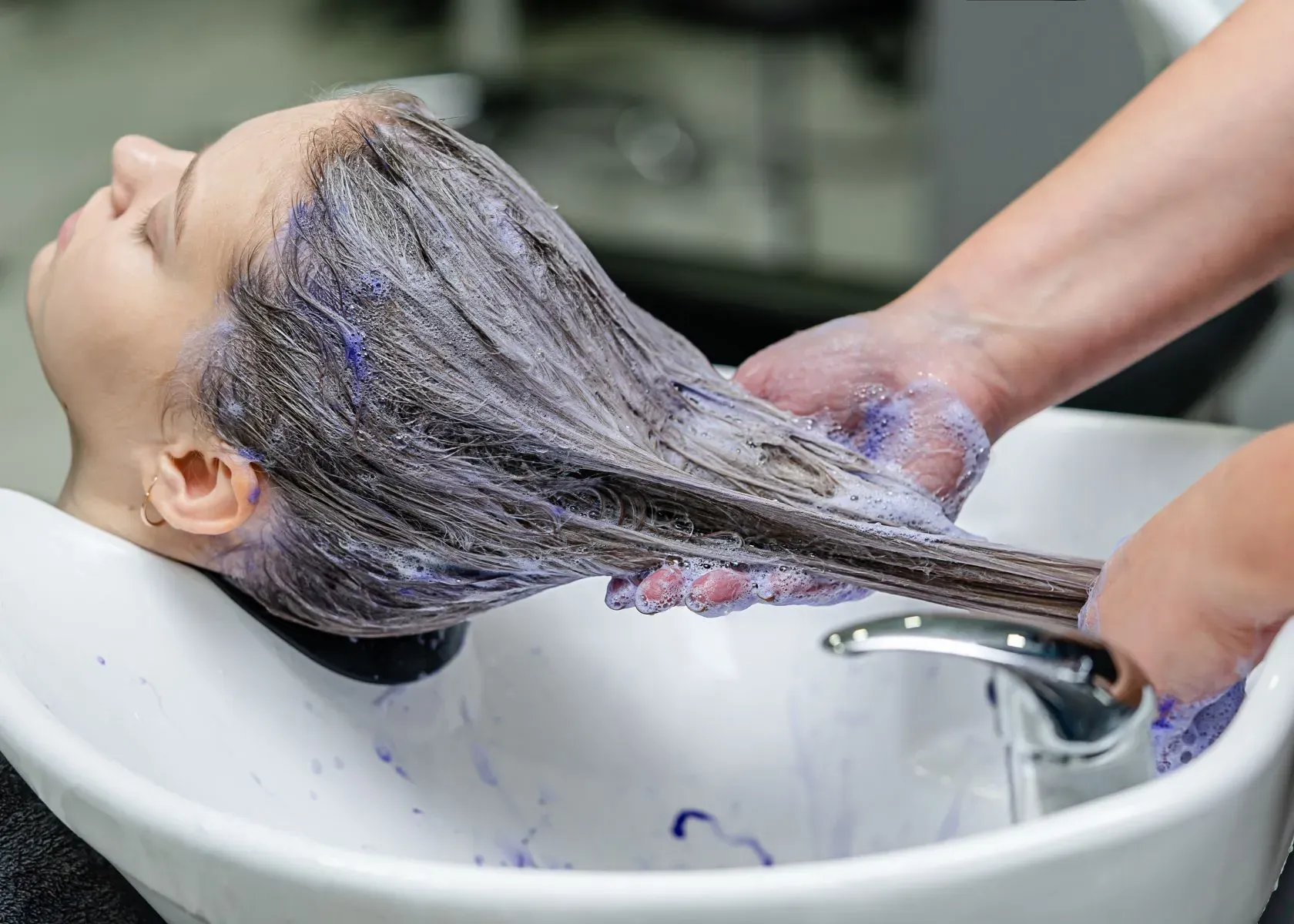
Aftercare tips for bleached hair include using deep conditioning treatments, minimizing heat styling, and avoiding over-washing. Understanding the pros and cons of bleaching at home versus a professional salon can help you make an informed decision about your hair care routine.
Aftercare Tips
To ensure the best care for your hair after bleaching, consider the following aftercare tips:
- Rinse your light blonde hair thoroughly after bleaching to remove all traces of bleach and prevent further chemical processes on the hair.
- Use a sulfate-free shampoo to wash your hair, as sulfates can further strip the hair of its natural oils and moisture.
- Apply a deep conditioning treatment to restore moisture and nourishment to your hair, leaving it smooth and shiny.
- Avoid heat-styling tools as much as possible, and use heat-protectant products when styling your hair to prevent further damage.
- Trim your hair regularly to get rid of any split ends caused by the bleaching process.
- Limit washing your hair to 2 - 3 times a week to preserve natural oils and maintain hydration in the hair.
- Protect your hair from UV rays by wearing a hat or using products with UV protection when outdoors.
- Consider using leave-in conditioners or serums specifically formulated for color-treated or bleached hair.
Pros and Cons of Bleaching at Home Vs. A Professional Salon
Bleaching hair at a professional salon offers the expertise of trained stylists who can assess your hair's condition and provide personalized care. Additionally, salons often use high-quality bleach products, decreasing the risk of damage.
On the other hand, bleaching at home provides convenience and cost savings but requires careful attention to prevent over-processing and damage to the hair. It also allows for flexibility in scheduling and privacy during the process.
Professional salons offer precise application techniques customized to individual hair types and colors, ensuring minimal damage. However, home bleaching allows for comfort and cost-effectiveness while requiring diligence to follow instructions accurately for best results without causing harm to the hair.
FAQs
When lightening hair with a strong 40-volume bleach, timing is critical. Leave the bleach on too short, and you risk uneven results with dark spots remaining. But too long can lead to extreme dryness and damage. Striking the right balance is key.
In the FAQ below, we cover the ideal timing for leaving 40-volume bleach on various hair types and conditions.
What is the recommended time to leave 40 vol bleach on hair?
The recommended bleach duration on hair using 40 vol is typically between 20-45 minutes, but it's always important to check your hair's reaction frequently and follow the product instructions.
Can I leave 40 vol bleach in my hair longer for a lighter color?
Leaving bleach on your hair for a longer duration might lift the color more, but it increases the risk of damaging your hair; always adhere to the maximum time suggested.
How do I know how long to leave bleach in my hair without causing damage?
To prevent damage, start by testing a small section of your hair with the bleach treatment duration as per guidelines and never exceed the safe duration marked on your specific product.
Is there an ideal timing for using 40 vol developer when bleaching my hair?
Yes, aim for an optimal time that achieves the desired lightening while considering your starting shade and desired level of blondeness, which normally falls within safe processing times provided by manufacturers.
What happens if you don't leave bleach on your hair long enough?
If you shorten the necessary application time drastically, you might not achieve sufficient lifting of your original color, leading to uneven or brassy tones rather than a clean level of lightness.
After applying 40 volume bleach, what should I do for proper aftercare?
After a bleaching process with any strength, including 40 vol., focus heavily on hydrating treatments and be gentle with styling tools or products that could further stress treat locks.
Conclusion
It's important to adhere to the recommended time frame when using 40-volume bleach on dark brown or black hair. Always remember that leaving bleach on for too long can cause significant damage.
By following the suggested timing, you can protect your hair from harm and achieve the desired results effectively. How have these guidelines helped improve your understanding of hair bleaching? Are you ready to implement these practical tips for better results? Consider seeking professional guidance if needed.
Make sure not to overlook the importance of proper timing in avoiding potential damage and achieving favorable outcomes. If you have bleached your hair before, feel free to share your experience with all of us in the comments below.
Read More Related Articles on Bleaching Hair

